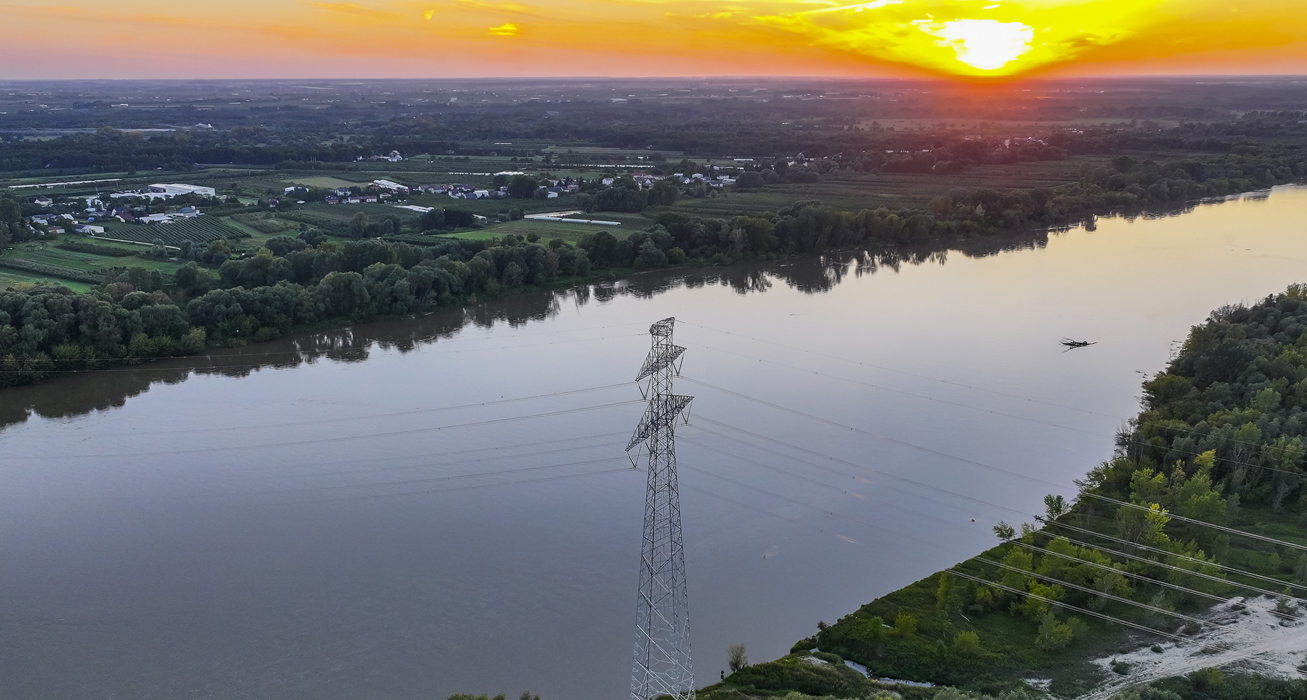Implementation of the Flow-Based Marked Coupling mechanism implemented in CORE Region
Since 8 June, 2022, the CORE region has had a single electricity market coupling mechanism launched, using a method that optimises available transmission capacity based on physical electricity distribution (flow-based). This will make electricity trading more efficient, and will respond better to the challenges of the energy transition.
The main objective of the project was to establish a mechanism to take into account the interdependencies between trade transactions at each market area boundary and power flows in the coupled power system.
This mechanism is known as the Flow-Based Allocation (FBA) method. The computational algorithm of the FBA method takes into account a number of parameters and seeks an optimal path for electricity exchange, taking into account, as far as possible, realistic operating conditions of the power grid between market areas within the Core region. In other words, the solution being implemented will allow better integration of physics into the market world, which was not possible with the Available Transfer Capacity (ATC) method used to date.
16 transmission system operators and 10 energy exchanges (Nominated Energy Market Operators, NEMOs) were involved in preparations for the launch of the CORE Flow-Based Market Coupling. The CORE region covers the market areas of Austria, Belgium, the Czech Republic, Croatia, France, Netherlands, Luxembourg, Germany, Poland, Romania, Slovakia, Slovenia and Hungary. The area is home to 278 million people, and annual energy consumption is about 1,500 TWh.
